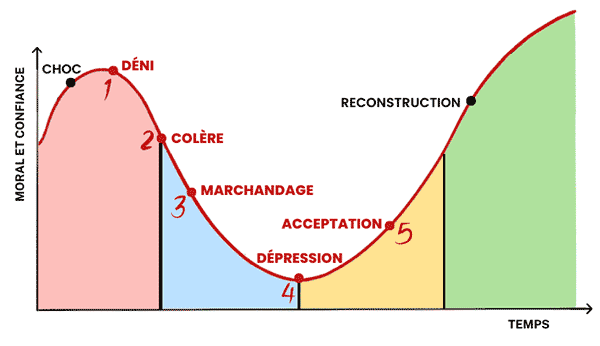Satisfaction after a mastectomy in the context of a sex change would reach, according to one study, a level of 4.8 out of a median value of 5.

- Mastectomies performed as part of a sex change generate almost no regrets.
- Double mastectomy is considered major surgery.
- The number of requests (agreement and refusal) for breast and pelvic reassignment surgery have quadrupled between 2012 and 2020.
Gender reassignment mastectomies generate almost no regrets, says a new study.
Sex reassignment: no patient underwent a reversal procedure
The research looked at patients who underwent mastectomy for gender reassignment between 1990 and 2020, and followed them to find out how they felt since the procedure.
Some people had complications following the surgery, but on a 5-point scale, the average satisfaction with the gait was 4.8 and the median was 5. No patient underwent reversal procedure.
Double mastectomy: a major surgery
“These findings are consistent with previous studies and support the extremely low levels of regret following gender-affirming surgery,” write the scientists in their report. The team would now like a multicentre study involving several practices to be carried out in order to guarantee the generalizability of these results.
A double mastectomy is considered major surgery, most often used to treat or sometimes prevent breast cancer. As part of a sex change, this intervention allows the breasts to be removed and with the aim of allowing transgender people to feel better about their bodies.
More and more frequent operations
According to CNAM, 8,952 people hold of an ALD (recovery for Long Term Condition) For transidentity in 2020. Minors represent 3.3% of cardholders and Pclose to 70% of the beneficiaries are between 18 and 35 years old.
The number of requests (agreement and refusal) for reimbursement of breast and pelvic reassignment surgery quadrupled between 2012 and 2020. These requests were approved in a proportion of 62% to 74 % depending on the year. The agreement was stable at around 40 % masculinization surgery and 60% feminization surgery.













